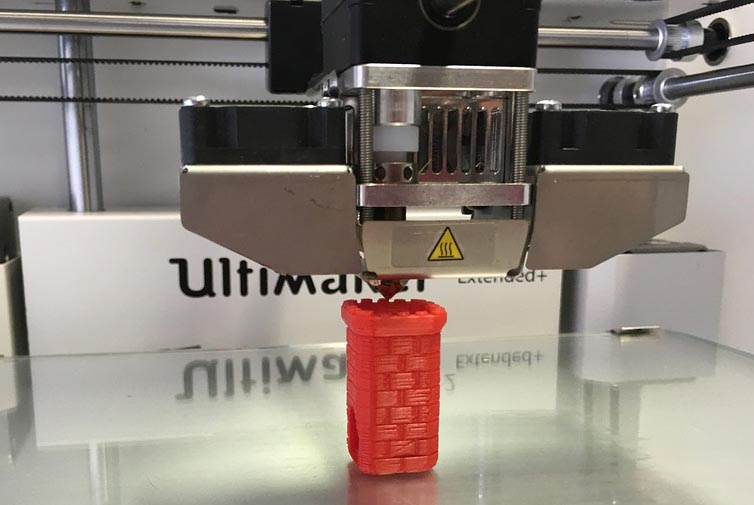Global engineering giant GE has become one of the first companies in the
world to 3D print parts for aircraft jet engines using additive engineering, as
reported by gelobalresearch.com. The company’s ‘LEAP’ range of engines, which
are produced jointly with SNECMA of France, will contain 19 combustion nozzles
produced solely using 3D printing. Such parts are, apparently, unable to be
manufactured by any other method to the same precision tolerances required for
reliable operation.

GE have relied on 3D printing due to its obvious cost reduction
benefits, alongside a lighter weight and new design features, enabling the
company to produce the same part out of one piece, as opposed to the previous
18. LEAP engines are required to perform to higher performance and reliability
parameters as opposed to previous designs, especially due to the proliferation
of twin engine operations throughout the world. Twin jets have become the
standard configuration in world-wide aviation, as they are subject to lower
cost operations as a consequence of using less fuel and being cheaper to
maintain, allowing higher revenue per seat.
Large quad jets, such as the Boeing 747 and Airbus A380, still have a
purpose in servicing routes covering large tracts of ocean and, therefore,
bypassing Extended Range Twin Operations (ETOPS) requirements. Aviation
regulations require a three or four engine-aircraft to be used on such sectors
in case of engine failure, rendering twin jets unable to operationally service
the routes. High reliability of the main components of jet engines, such as the
turbine and fan blades, mean that ETOPS sectors using twin jets are now
possible, however, the ancillary components tend to not be as reliable, which
may change due to highly engineered 3D printed parts.
Additionally, additive manufacturing allows metal to be added to the
plastic mix, permitting designs that were not previously possible, with more
than 100,000 printed parts will be produced by GE for the LEAP programme using
this method by the end of the decade. The reliability of the 3D printed parts
used should be confirmed after such a long and rigorous testing schedule and
this will hopefully improve the further high safety record of jet aviation, as
well as bringing 3D printing into mainstream manufacturing.
Read More About : Rapid Prototyping Services China







